
Ironically, the tribulations of the national college entrance exam have increased manyfold, especially in provinces where good universities are few, despite the decreasing numbers of high school graduates, exodus of rich students to foreign campuses and the proliferation of colleges and courses in recent years that have resulted in a dramatic increase in the enrollment of students.
While more seats are available for fewer applicants, the stakes have been upped for high schools as an increasing number of parents and students are keen to get into elite universities, a trend further exacerbated by the preferential treatment meted out by the education authorities and employers to such universities. Many high schools have long prided themselves on being able to produce crops of top scorers every year owing to their tough management and teaching methods.
Education policymakers have long known that holding the same test for different universities is not the best way to select students from diverse backgrounds and abilities, and admissions based mainly on a single exam have forced many students to spend as much as a year to raise just a few points to surge ahead.
But they cannot do much about the system, because in times of widespread mistrust of the privileged and powerful, gaokao results are still seen as the fairest criterion for admission to college, as well as one of the few avenues still open for poor and connection-less people to move up the social ladder.
Besides, it would be difficult to expand the scope of gaokao and change its emphasis on rote memory because of the vast gap between students from families living in cities and those from poor rural areas.
Until gaokao is relegated to just one of the criteria for admission, as many education policymakers hope, we may just have to continue hearing examinees giving battle cries like "Every point raised eliminates 1,000 rivals".
The writer is editor-at-large of China Daily. E-mail: dr.baiping@gmail.com



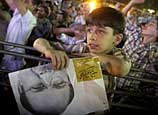
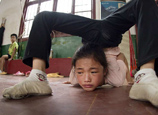
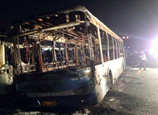

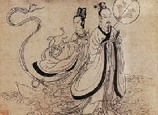
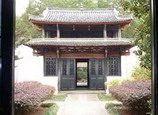








 Sick girl realizes dream on the stage
Sick girl realizes dream on the stage


![]()
